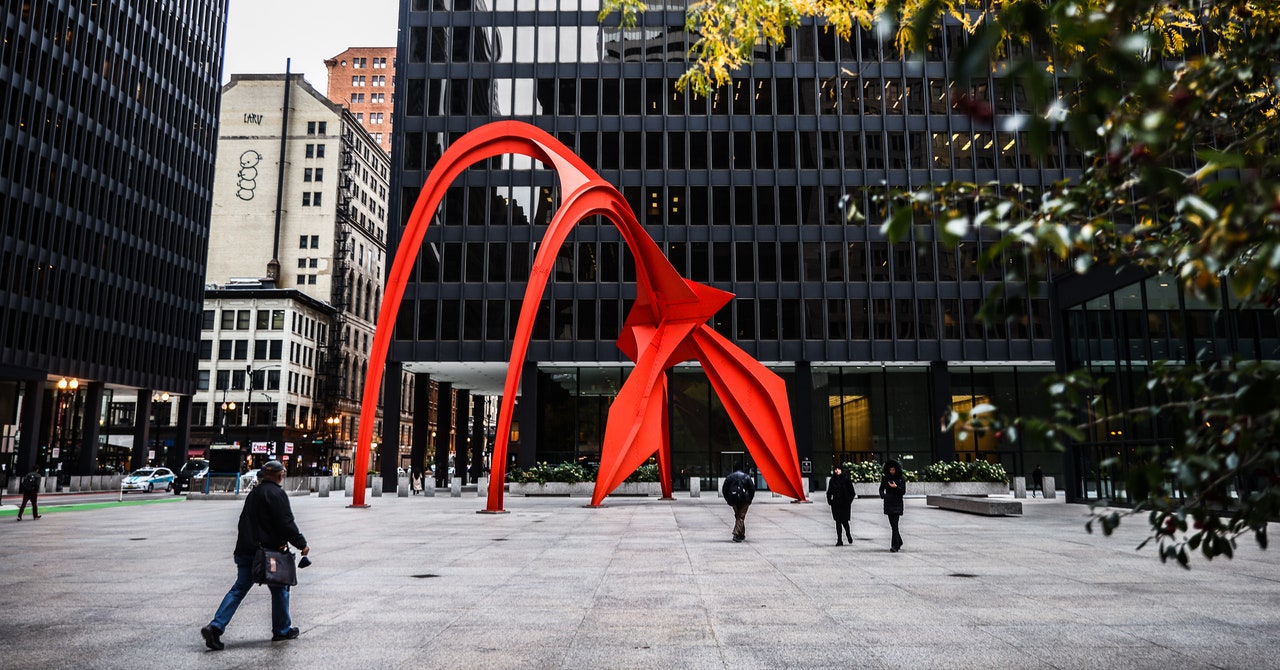Employees at the General Services Administration (GSA) have been told to sell off 500-plus federal government buildings across the US, sources tell WIRED.
WIRED obtained a complete list of GSA buildings, all of which are designated as “core” or “non-core” assets. Of the more than 1500 assets identified on the list, over 900 are designated as “core,” and are thus protected, for now, from sale. The “core” designation applies to buildings like federal courthouses, border inspection stations, or law enforcement facilities.
The GSA, according to sources who were granted anonymity because they fear retaliation, plans to sell most of the remaining 500-plus buildings, some of which house government agencies and the offices of US senators.
A note on the list of the buildings states that the agency’s intention is eventually to reduce the “size of the owned real estate footprint by 50 percent and the number of buildings by 70 percent. Reductions will be focused on the non-core general office space of the portfolio which can be replaced as needed in the private leased market. Moving forward, all non-core buildings will be disposed of and their tenants will be transitioned into leases.”
GSA, a critical government agency that manages federal buildings and technology, has been staffed with Elon Musk’s associates, including X staffer Nicole Hollander, who has high-level agency access and an official government email address. Thomas Shedd, the recently installed director of the Technology Transformation Services within GSA, worked as a software engineer at Tesla for eight years. WIRED also reported that a number of young engineers with ties to Musk’s companies and little to no government experience have been given access to a number of government agencies, including GSA.
According to the list, the buildings destined for the block include the John C. Kluczynski Federal Building in Chicago, which houses satellite offices for the Department of Labor, the Drug Enforcement Administration, the Internal Revenue Service, a probation office, and offices for Democratic Illinois senators Tammy Duckworth and Dick Durbin. The building also has broader cultural significance—it was designed by renowned architect Ludwig Mies van der Rohe and features an iconic Alexander Calder sculpture.
The John F. Kennedy Federal Building in Boston is also listed as a “non-core” asset. This building, in addition to housing a number of government agencies, also holds offices for Democratic Massachusetts senators Elizabeth Warren and Edward Markey.
The Ed Jones Federal Building in Jackson, Tennessee, which holds an office for Republican senators Marsha Blackburn and Bill Hagerty, as well as Republican Congressman David Kustoff, is also listed as a “non-core” asset.
“Optimizing GSA’s real estate portfolio prioritizes reducing our deferred maintenance liabilities, supporting the return to office of federal employees, and taking advantage of a stronger private/government partnership in managing the workforce of the future,” reads a press release from GSA issued today.
GSA did not immediately reply to a request for comment.
“The intention of GSA and the whole federal government is to reduce the number of old buildings that are owned with high liabilities … in favor of newer leased buildings, which can be more flexible and are more modern, that have ways for teams to collaborate and have private spaces,” Shedd told TTS staffers in a meeting on February 5, according to audio obtained by WIRED.
Got a Tip?
Are you a current or former government employee that wants to talk about what’s happening? We’d like to hear from you. Using a nonwork phone or computer, contact the reporter securely on Signal at leahfeiger.86.
Slimming down the federal government’s real estate portfolio, and the associated maintenance costs, has been a priority for the agency since before Donald Trump’s inauguration. A number of buildings are in poor repair, underutilized, or ill-suited for modern office layouts. In 2023, the GSA divested of a total of five buildings, and identified 23 additional properties for future divestment.
Now that target appears to be an order of magnitude higher. The commercial real estate (CRE) market is fragile, though, in the aftermath of Covid and the rise of remote work, which drove down property values. In an op-ed last summer for the Harvard Business Review, one chief economist warned that banks with sizable CRE portfolios face exposure due to looming loan obligations and could fail, leading to a financial crisis. Placing hundreds of new buildings on the market, many in already struggling city centers, potentially risks further instability.
